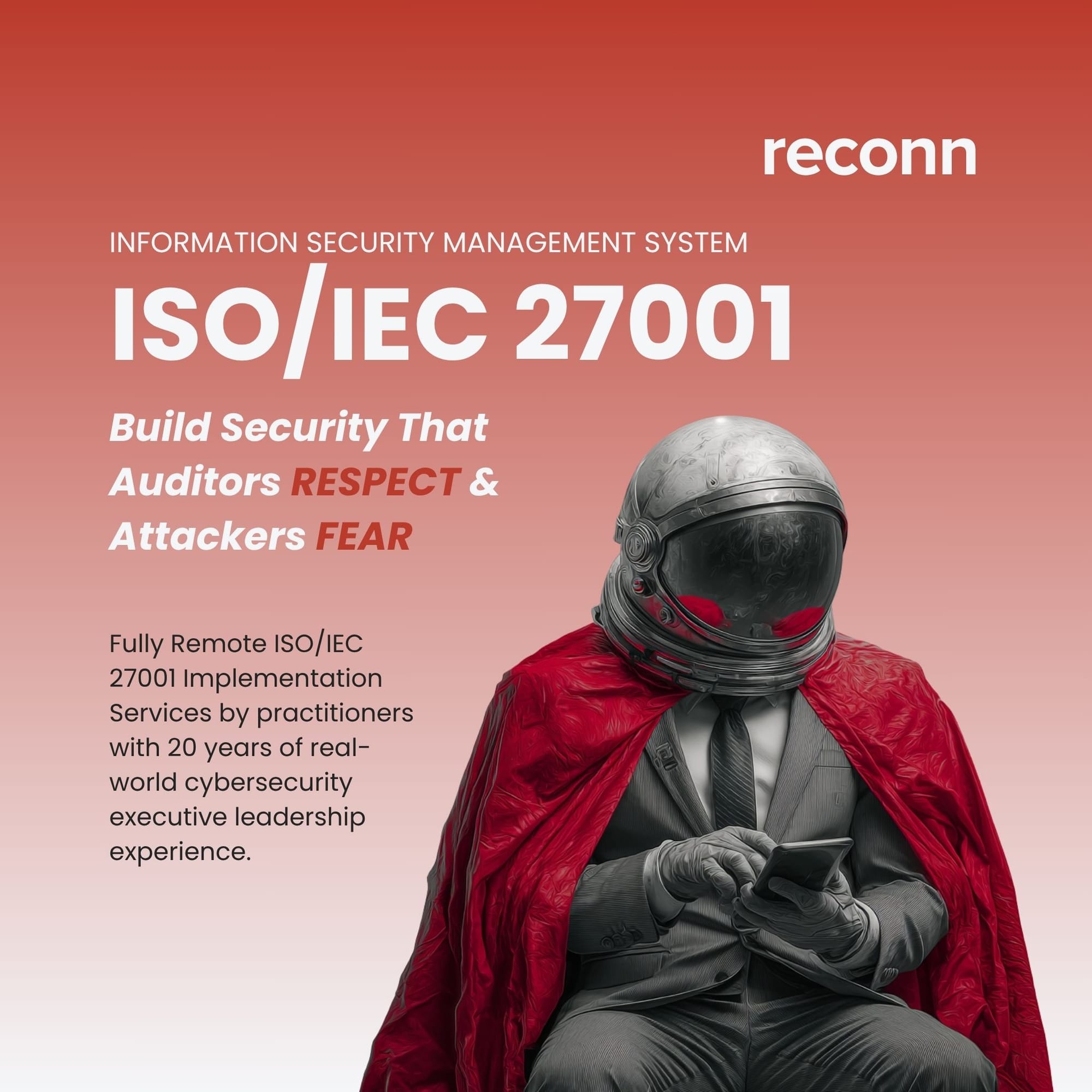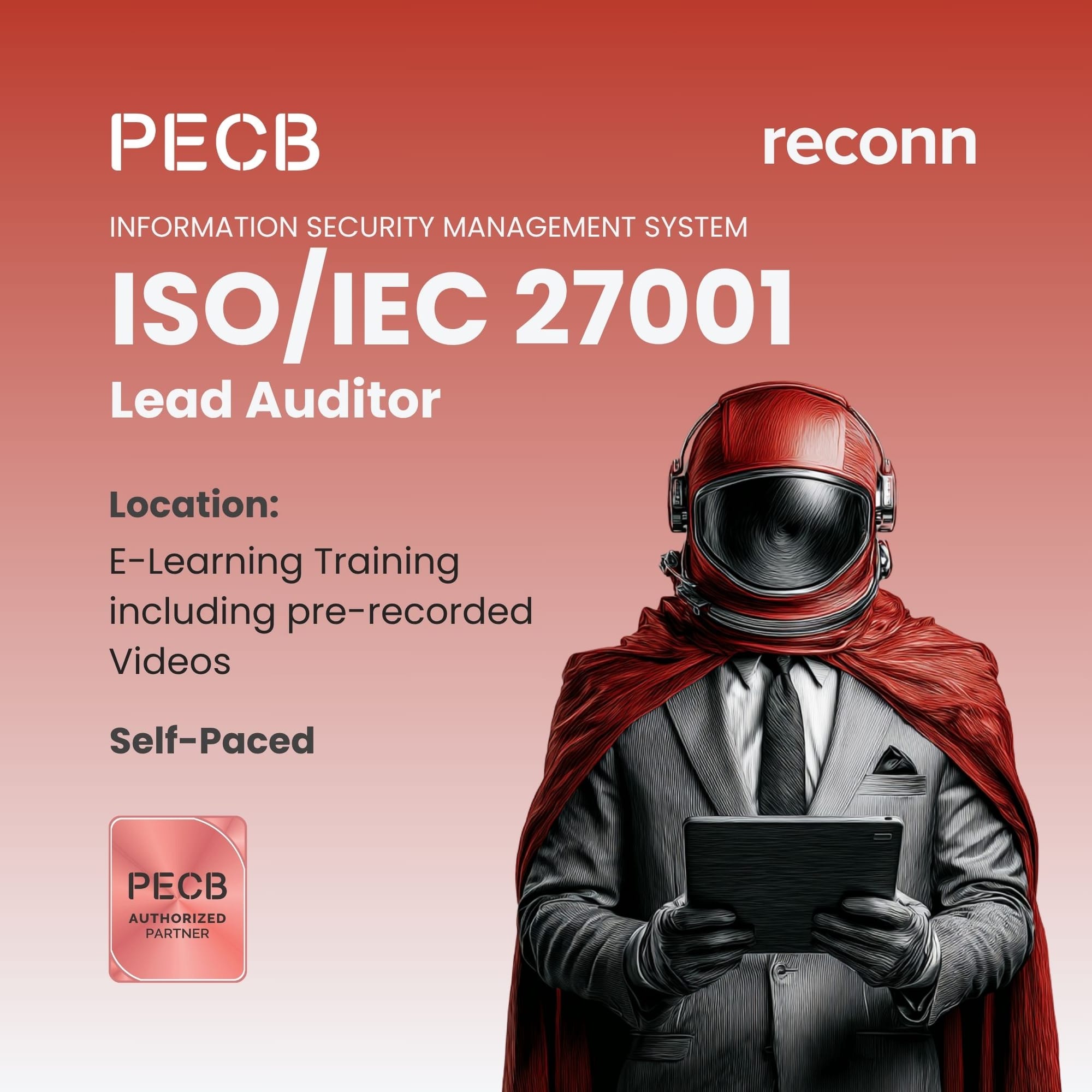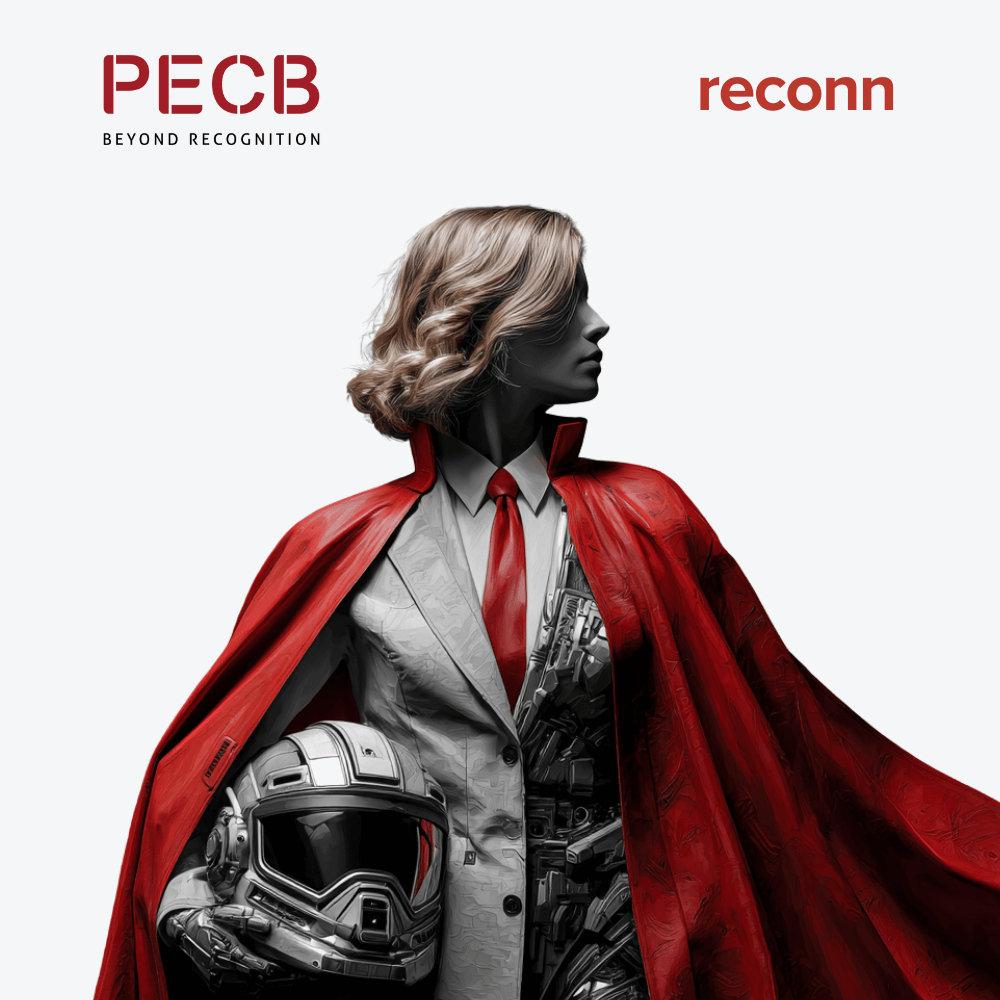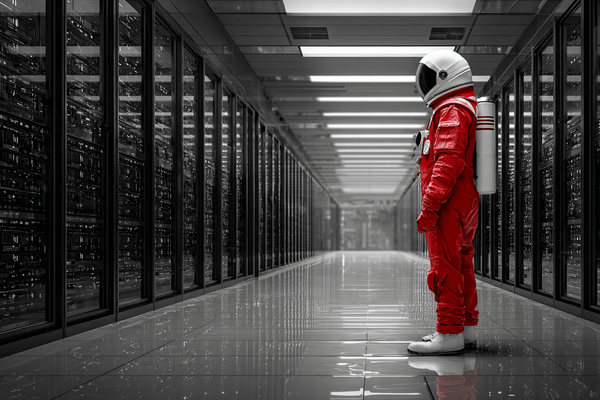ISO/IEC 27001 Version History: From BS 7799 to the Current 2022 Edition
Trace the evolution of ISO/IEC 27001 from the BS 7799 standard to the 2022 edition. Learn key differences between versions, major updates, and how the 27000 family supports modern ISMS.

The version history of ISO/IEC 27001 reflects how information security management practices have evolved to meet emerging risks, technological changes, and regulatory demands. From its origins as the BS 7799 standard in the 1990s to the current version of ISO/IEC 27001:2022, this journey showcases the standard’s role in guiding organizations toward robust information security management systems (ISMS).
In this article, we will explore the evolution of ISO/IEC 27001, review its revisions, highlight updates to ISO 27001, and compare ISO/IEC 27001:2013 vs ISO/IEC 27001:2022.
Key Takeaways
- ISO/IEC 27001 began as the BS 7799 standard in 1995.
- Transitioned through ISO/IEC 17799 and ISO/IEC 27001:2005 to ISO/IEC 27001:2013.
- The current version is ISO/IEC 27001:2022, with 93 controls and 4 control themes.
- Organizations should upgrade to the latest version for better alignment with modern threats.
- The ISO/IEC 27000 family includes multiple supporting standards for specialized security needs.

ISO/IEC 27001 Remote Implementation Services
Fully Remote ISO/IEC 27001 Implementation Services by practitioners with 20 years of real-world cybersecurity executive leadership experience.
1. The Origins: BS 7799 Information Security Standard
1.1 The Birth of BS 7799
The story begins in 1995 when the British Standards Institution (BSI) published BS 7799, titled Code of Practice for Information Security Management. This early BS 7799 standard was developed in response to growing threats to data integrity and the need for a structured approach to protecting information.
Key points about BS 7799:
- Provided best practices for information security controls.
- Introduced the concept of an Information Security Management System (ISMS).
- Laid the foundation for the ISO/IEC 27000 series.
1.2 BS 7799 Part 2 (1999)
While the original BS 7799 was a code of practice, BS 7799 Part 2 introduced in 1999 became a specification—a certifiable standard against which organizations could be audited. This shift was significant because it allowed for independent assessment, setting the stage for ISO adoption.
2. Transition to the ISO/IEC 27000 Series
2.1 ISO/IEC 17799:2000 – The International Code of Practice
In 2000, BS 7799 Part 1 was adopted by ISO and IEC as ISO/IEC 17799. While this was not yet a certifiable standard, it marked the entry of the 27000 family of standards into the global arena.
2.2 ISO/IEC 27001:2005 – The First True ISO/IEC Standard
In 2005, BS 7799 Part 2 was revised and published internationally as ISO/IEC 27001:2005. This was the first edition of ISO/IEC 27001 as a certifiable ISMS standard.
Features of ISO/IEC 27001:2005:
- Focused on establishing, implementing, operating, monitoring, reviewing, maintaining, and improving an ISMS.
- Included the famous Plan-Do-Check-Act (PDCA) cycle.
- Included Annex A referencing ISO/IEC 17799 controls.
3. Why ISO 27001 Became ISO/IEC 27001
When BS 7799 was adopted internationally, the work was placed under ISO/IEC JTC 1/SC 27, a joint technical committee for information security. This meant both ISO and IEC were responsible for its maintenance, resulting in the naming format ISO/IEC 27001.
While most professionals casually say “ISO 27001,” the correct full title is ISO/IEC 27001, reflecting the collaboration between the two organizations.
4. ISO/IEC 27001:2013 – A Major Overhaul
4.1 Why the 2013 Version was Released
By 2013, the threat landscape had changed significantly. Cybersecurity incidents were becoming more sophisticated, cloud computing was mainstream, and data privacy laws were emerging globally. The ISO/IEC 27001:2013 edition aligned with the Annex SL structure adopted across management system standards, making it easier to integrate with ISO 9001 and ISO 14001.
4.2 Key Features of ISO/IEC 27001:2013
- Aligned with Annex SL high-level structure.
- Reduced mandatory documentation requirements.
- Greater emphasis on risk-based thinking.
- Annex A controls aligned with ISO/IEC 27002:2013.
5. ISO/IEC 27001:2022 – The Latest Version
5.1 Why the Update was Needed
The latest ISO/IEC 27001 version reflects changes in technology, cyber threats, and data management practices. The current version of ISO/IEC 27001, released in October 2022, aligns Annex A controls with ISO/IEC 27002:2022, which underwent a significant revision earlier that year.
5.2 What Changed in ISO/IEC 27001:2022 vs 2013
- Control Categories Reduced: From 14 control domains to 4 themes—Organizational, People, Physical, and Technological.
- Number of Controls: Reduced from 114 to 93 by merging, adding, and removing controls.
- New Controls Introduced: 11 new controls covering areas such as threat intelligence, information deletion, and cloud security.
- Control Attributes: Added for improved filtering and reporting.
6. ISO/IEC 27001 Version Comparison: 2013 vs 2022
| Feature | ISO/IEC 27001:2013 | ISO/IEC 27001:2022 |
|---|---|---|
| Number of Controls | 114 | 93 |
| Control Domains | 14 | 4 themes |
| Structure | Annex SL | Annex SL |
| Alignment | ISO/IEC 27002:2013 | ISO/IEC 27002:2022 |
| New Focus Areas | Minimal | Threat intelligence, cloud, deletion, secure coding |

ISO/IEC 27001 Lead Auditor Certification
100% Online ISO/IEC 27001 Lead Auditor Certification program. Choose between self-study or elearning delivery option. Includes official courseware from PECB and 2x Examination attempts.
7. The Broader ISO/IEC 27000 Family of Standards
7.1 Overview of the ISO/IEC 27k Series
The ISO/IEC 27000 series—sometimes called the 27000 family—includes multiple standards supporting information security, such as:
- ISO/IEC 27000: Overview and vocabulary.
- ISO/IEC 27002: Code of practice for information security controls.
- ISO/IEC 27005: Information security risk management.
- ISO/IEC 27017: Cloud security.
- ISO/IEC 27018: Protection of PII in cloud services.
7.2 How They Work Together
ISO/IEC 27001 sets the framework, while other 27k standards provide detailed guidance for specific domains.
8. Benefits of Adopting the Latest ISO/IEC 27001 Version
- Improved Relevance: Controls match modern threats.
- Better Integration: Easier alignment with other ISO/IEC standards.
- Streamlined Certification: Updated structure simplifies audits.
- Future Readiness: Built to accommodate emerging technologies.
9. Which ISO/IEC 27001 Version Should You Use?
Organizations certified to ISO/IEC 27001:2013 have a transition period to migrate to ISO/IEC 27001:2022 (usually three years from release). While both versions technically coexist during this time, certification bodies recommend upgrading to stay compliant with the current version of ISO/IEC 27001.
10. Looking Ahead – The Future of ISO/IEC 27001
As cyber threats and regulatory demands continue to evolve, future ISO/IEC 27001 revisions will likely incorporate AI security, quantum computing risks, and even deeper integration with privacy standards like ISO/IEC 27701.
Conclusion
From its early days as BS 7799 information security guidance to the latest ISO/IEC 27001 version in 2022, the evolution of ISO/IEC 27001 reflects a global commitment to safeguarding data in an ever-changing digital environment. Understanding the version history of ISO/IEC 27001 helps organizations make informed decisions about implementation, compliance, and long-term security strategy.

PECB Catalogue
Explore PECB’s globally recognized course catalogue featuring certifications in AI, cybersecurity, ISO standards, governance, risk, and compliance—designed for professionals seeking expertise and career advancement.



